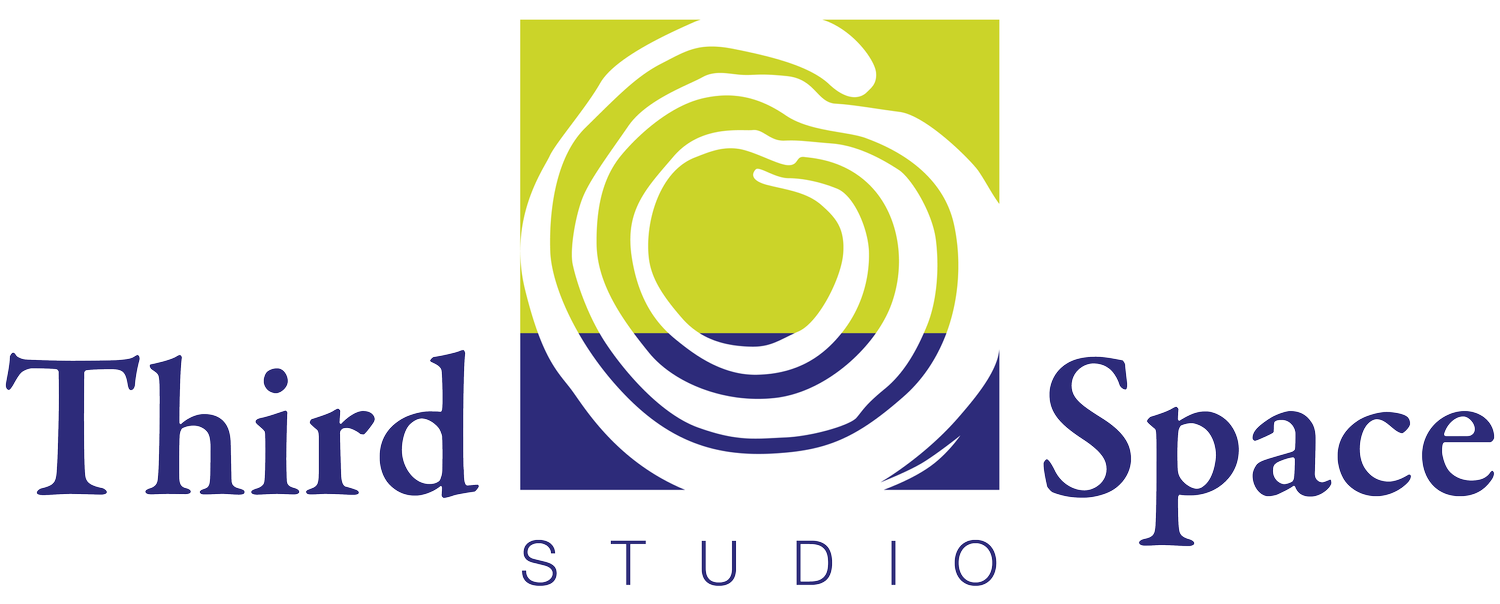Routes to Change
I have many routes through the city where I live and work. My partner often teases me about sticking to tried and true routes even though new, more efficient routes have emerged. Driving or walking along these routes gives me a chance to check in on the pulse and character of what is happening in Durham, the place I have called home for over 40 years.
A couple of Saturdays ago, I made my usual trek to the farmer’s market. On this day, I took the route I take if I have to stop at the bank for cash. As I drove down Main Street, I cursed at the ugly apartment buildings that now block the long view in to downtown. I could no longer see the Liggett and Meyers sign that reminds me of the tobacco history of my Southern city. A block further, I realized the new shiny skyscraper dwarfs the iconic CCB building that now houses the 21c Hotel. My view of the Snow Building, where I worked in the mid-nineties, was impeded by more new apartment buildings.
I made my little twists through one-ways and back streets to get to the place I like to park. On Duke Street, crews have started to remove the debris from the buildings destroyed in this spring’s gas explosion. I drove past the brick warehouses that once housed the workings of a cigarette factory and now serve as apartments and offices. In front of me stood the new modern glass buildings and fountains of Durham ID – the new innovation district that has popped up in a long-standing gravel lot.
At the stop sign, I burst into tears. My tears were flavored with sadness and a hint of anger. Durham’s changes have been mostly good - though that goodness could be more evenly shared. I cried out of a sense of loss. My long views of Durham’s historical skyline are gone. Old buildings with character are being torn down. My hometown is filled with many people who do not know the historical roots of this diverse and gritty city.
As the tears slid down my cheeks, I gained more clarity about why it is important for leaders to acknowledge and talk about loss in the midst of change.
If we don’t make space for open conversations about what is precious and essential to keep when making beneficial changes, we ask people to bury their prior loyalties. Pushed to deep dark places, those old loyalties can fester and grow into fear, anxiety, and anger that will slow or even derail current and future change efforts.
Ron Heifetz and Marty Linsky, early thinkers in the field of adaptive leadership, remind us that people do not resist change, they resist loss. Change that involves real—or even perceived—loss is painful and often difficult. Capable leaders have to identify, assess, provide context for, and manage that loss so people can move on to new behaviors and mindsets.
Engaging people in these two questions can help build understanding and commitment to the future:
Of all that we care about, what must we let go of if we are to survive and thrive as we move forward?
Of all that we care about, what elements are essential and must be preserved into the future? What values and pieces of our identity are important to keep?
It’s hard to have a public conversation focused on these questions in a fast-growing city. The conversation is more doable in an organization or a team. In the midst of the complexities of change, leaders must give attention to the losses in roles, job functions, status, identity, competence, and more. We must wrestle with letting go our past identity and even our core values.
Heather’s resource review in September’s newsletter points to an online article that lists the types of loss people experience during change and suggests a few ways to acknowledge and address loss as organizations and teams adapt to new realities. I hope you’ll read on.
- Meredith
Note: If you want to learn more about adaptive leadership, I recently found a good overview and list of resources compiled by the Tamarack Institute.
